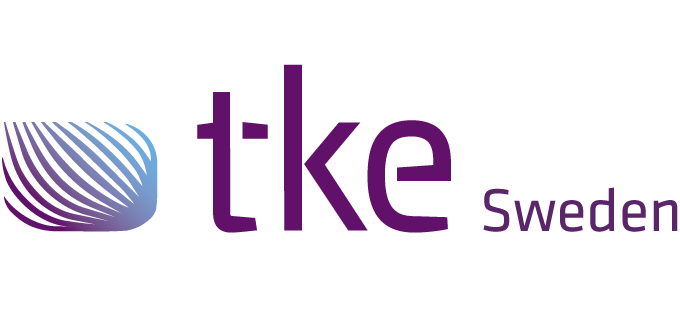How does diagnostic software improve efficiency?
Diagnostic software is a specialized tool designed to identify, analyze, and troubleshoot issues within various systems. It plays a crucial role in maintaining the health of complex systems by pinpointing potential problems before they escalate. This type of software is used across multiple industries to ensure systems operate efficiently and without interruption.
The primary purpose of diagnostic software is to optimize performance and enhance system reliability. By continuously monitoring system operations, it provides valuable insights that help in decision-making and preventive maintenance. This proactive approach not only minimizes downtime but also extends the lifespan of equipment and systems.
How does diagnostic software enhance operational efficiency?
Diagnostic software enhances operational efficiency by streamlining processes and reducing unnecessary downtime. By providing real-time data and analytics, it allows for quick identification and resolution of issues, which in turn improves accuracy and productivity. Industries such as manufacturing, automotive, and IT heavily rely on diagnostic software to maintain smooth operations.
For example, in the automotive industry, diagnostic software can quickly identify engine issues, reducing time spent on manual inspections and repairs. In manufacturing, it ensures machinery is running at optimal capacity, preventing costly breakdowns and production delays. These improvements in efficiency translate to significant cost savings and enhanced operational effectiveness.
What are the benefits of using diagnostic software in business?
Businesses using diagnostic software experience a range of benefits, including substantial cost savings. By identifying issues early, companies can avoid expensive repairs and replacements. Additionally, diagnostic software supports improved decision-making by providing accurate data and insights into system performance.
Enhanced productivity is another key advantage. With systems operating efficiently, businesses can focus on core activities without the distraction of unexpected technical problems. This leads to higher output and better service delivery, ultimately improving customer satisfaction and business reputation.
How does TKE Sweden AB incorporate diagnostic software in its services?
At TKE Sweden AB, we incorporate diagnostic software to provide tailored solutions that meet the unique needs of our clients. By leveraging over 20 years of expertise in CANbus technology, we ensure that our diagnostic tools are aligned with industry standards and client expectations. This integration allows us to deliver state-of-the-art fieldbus solutions that enhance operational efficiency for our Scandinavian customers.
Our diagnostic software is designed to seamlessly connect with existing systems, providing accurate diagnostics and optimization capabilities. This not only improves client outcomes but also supports proactive maintenance strategies, reducing downtime and enhancing overall system performance.
What are the future trends in diagnostic software technology?
The future of diagnostic software technology is set to be shaped by emerging trends such as artificial intelligence (AI) and machine learning. These technologies have the potential to revolutionize diagnostics by enabling predictive analytics and automated decision-making processes. AI-driven diagnostic software can learn from past data to predict future system behavior, allowing for even more precise and proactive maintenance strategies.
Another trend is the increasing integration of the Internet of Things (IoT) in diagnostic software. As more devices become interconnected, diagnostic software will play a critical role in managing and optimizing these complex networks. This evolution will further enhance efficiency and open new possibilities for innovation across various industries.



